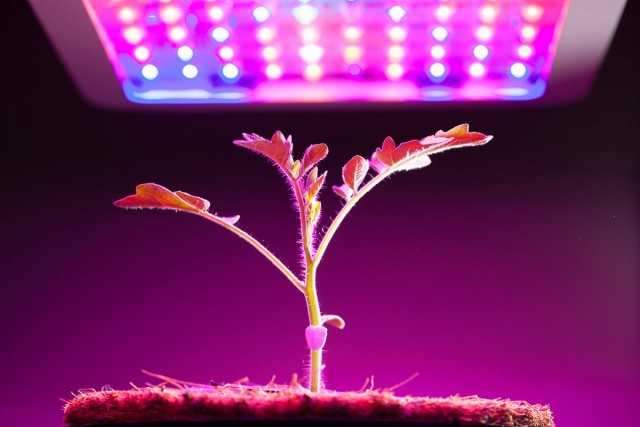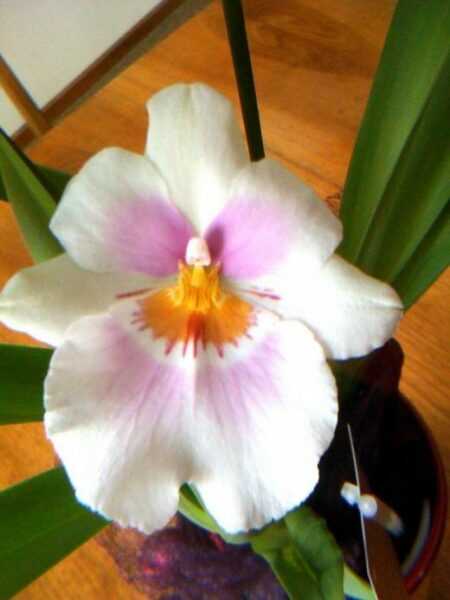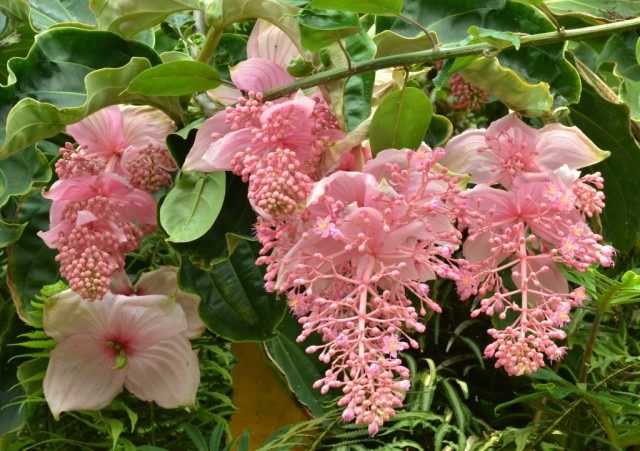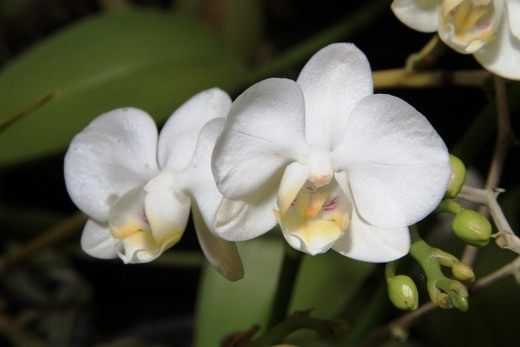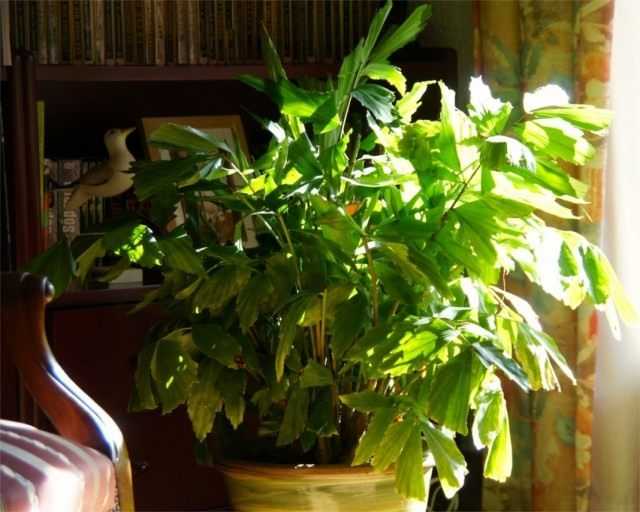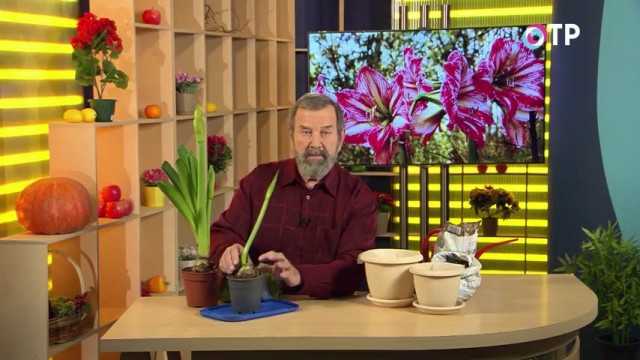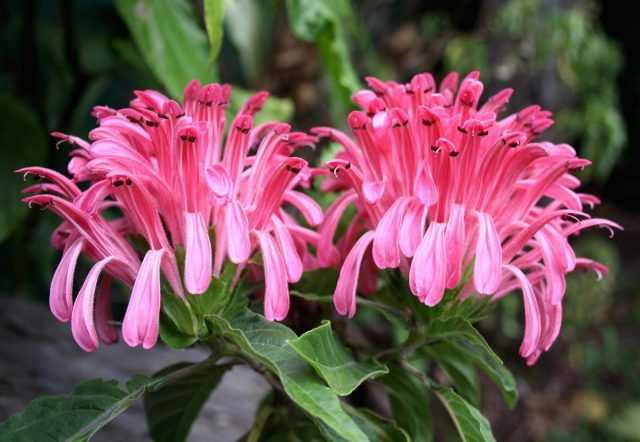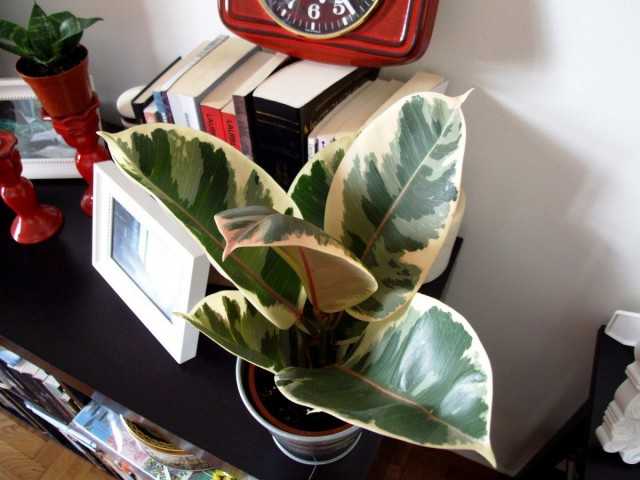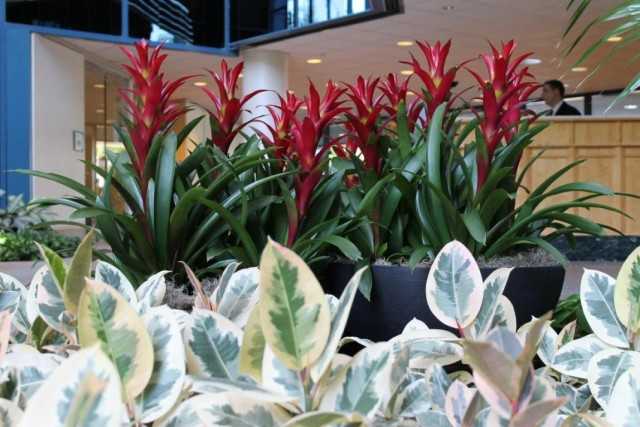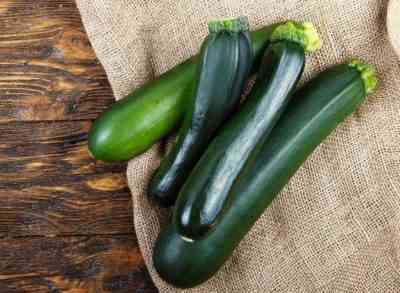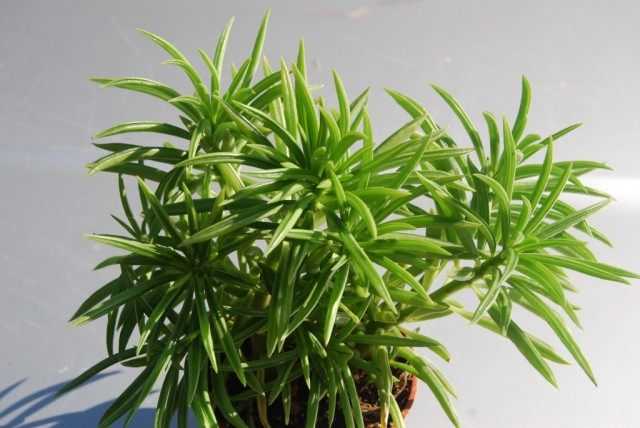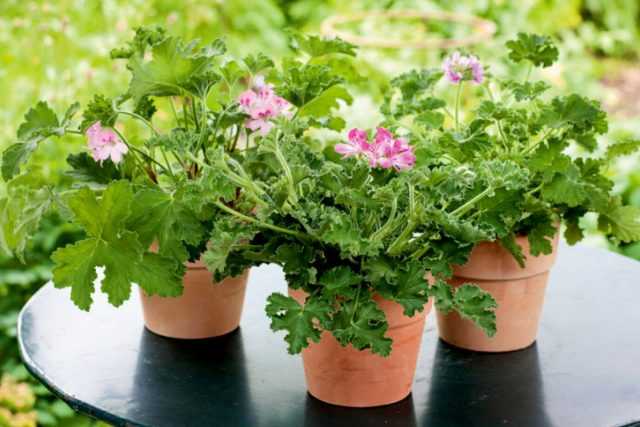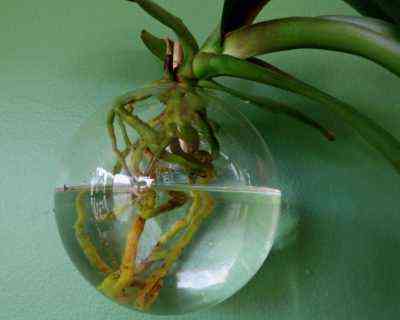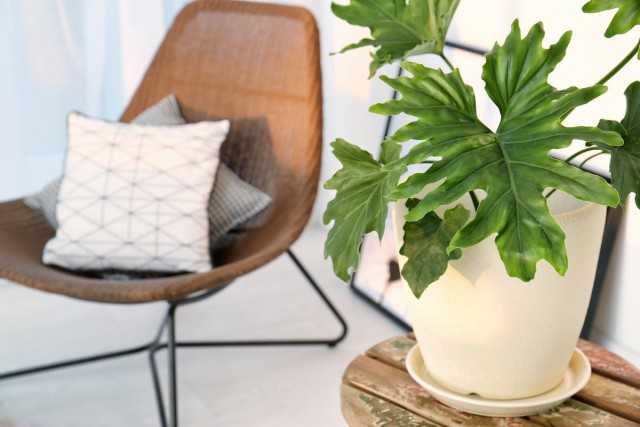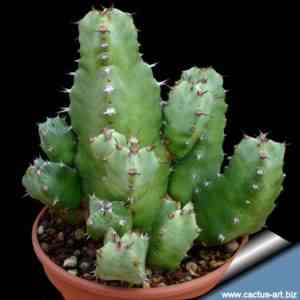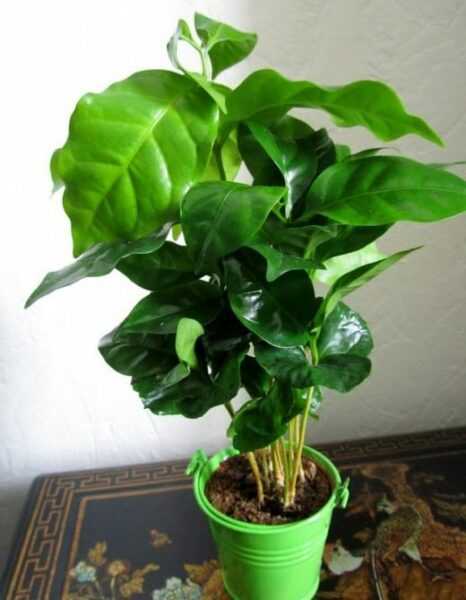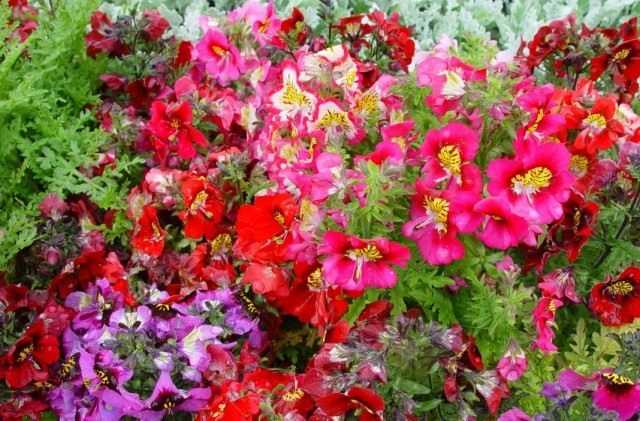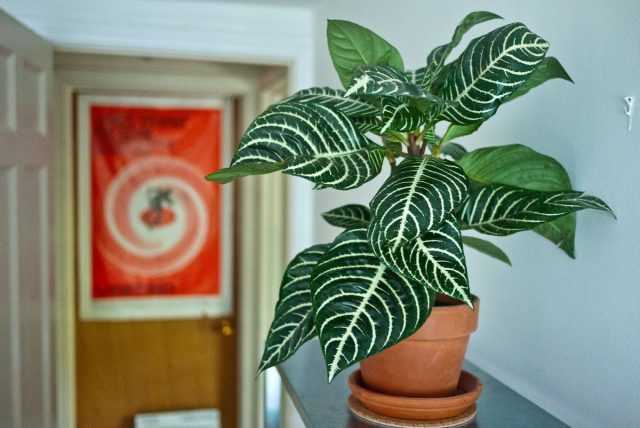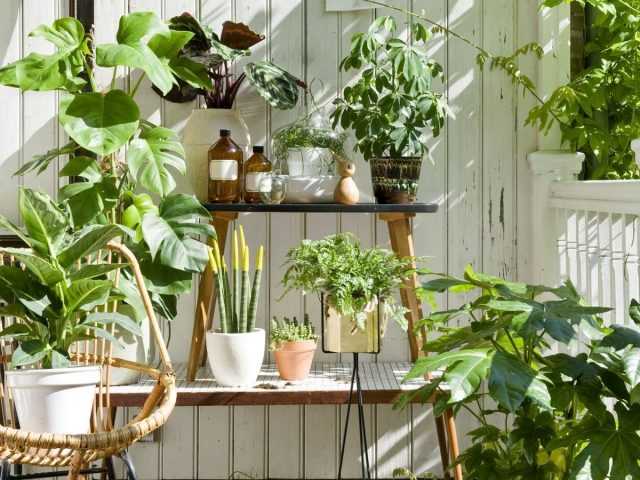Cyclamen (Cyclamen) is an incredibly beautiful plant that has gained great popularity in the florist society. At the time of flowering, its flowers look like “tongues of frozen bright flame” or outlandish butterflies soaring in the air. Many species and varieties of plants are known, which differ in height (from 15 to 35 cm), the nature of ash-silvery spots on dark or light green leaves, as well as the color of the flowers and doubleness.
Cyclamen
You can buy flowering specimens of this delightful plant almost all year round in any flower shop. Many of them are grown in a room on a windowsill, some in a garden. However, when growing cyclamen at home, flower growers are often faced with when the life cycle and some preferences of a flower differ significantly from those inherent in other indoor inhabitants.
Therefore, very often “uneducated” owners, immediately after flowering, when the cyclamen sheds its leaves, it is sent to the trash can as a lost plant. Some amateurs refer to the flower as “one-time” and immediately after flowering discard it. Meanwhile, the cyclamen, in conditions suitable for it and with proper care, is able to fully live for at least 20 years, becoming more beautiful and magnificent every year.
Contents:
Types of cyclamen
In order to make less mistakes when caring for indoor cyclamen, first of all, you should figure out which species and varieties are most often sold in specialized stores, how they differ. Mainly varieties come on sale Persian cyclamen (C. persicum). Adult plants are 15-30 cm high (depending on the variety). They have a flat-rounded tuber with cord-like roots and a single apical growth point. Large or small, with corrugated petals or double, fragrant or odorless, flowers come in all kinds of colors: from light pink to red or purple, sometimes there are two-color variations.
Distinctive features of this type of cyclamen are the green color of the underside of the leaves and lush flowering from October to April. After flowering, the plant loses its leaves, and it begins a dormant period. In August-September, Persians wake up, begin to actively grow leaves and bloom. To date, breeders have developed modern varieties of cyclamen that do not shed their leaves and go on sale all year round.
They are grown using special chemicals, the use of which knocks down the natural cycles of plants. Therefore, the acquisition of a cyclamen that blooms at the wrong time will lead to the fact that for some time it will tune in to its own regime, or having wasted energy on premature flowering, it may soon die.
A little less often on sale can be found cyclamen purple (C. purpurascens), which is characterized by low growth (up to 15 cm), small leaves (up to 2-4 cm in diameter) and small white-pink-purple flowers. It differs from Persian cyclamen by the presence of roots located throughout the tuber, the purple-red color of the underside of the leaves, and also by the development cycle – it blooms in summer, and rests in the autumn-winter period. He does not shed leaves, or sheds partially.
With age, daughter branches appear on the tuber, which are used for reproduction (in the Persian cyclamen, children are not formed). It is very rare to buy this type of cyclamen in a store, it is more realistic to buy it from flower growers who grow it in garden soil on the street. Purple cyclamen is widespread in France, Poland, southern Germany, but it is also found in Ukraine, where it is able to survive the winter without any shelter.
In the flower shop you can purchase and cyclamen neapolitan (C Neapolitan) или ivy cyclamen (C. hederifolium). This species is distinguished by deeply lobed or pointed, like ivy, leaves with a pronounced silvery pattern. Pink-purple flowers at the base have a dark V-shaped speck (white-flowered varieties do not have it). In summer, the plant rests and sheds its leaves (Persian cyclamen), and daughter nodules form on the roots (like purple cyclamen). This type of cyclamen blooms in August-October immediately after a dormant period, being in a leafless state. Only after flowering, leaves begin to grow, with which it hibernates.
The flower is winter-hardy (it can withstand frosts down to -28 ºС), therefore it is the most profitable for growing outdoors. Grows well in the sun and in the light shade of trees. It tolerates drought normally and will bloom in the fall, when many flowering plants complete their growing season. It is this cyclamen that adapts better to home conditions, grows faster and lives for a rather long time (up to 50 years). It is worth noting that until 1972 in European countries, the last two types of cyclamen appeared under the same name – cyclamen european (C. europaeum).
It may seem to beginner flower growers that it is quite difficult to deal with various varieties and conditions of their maintenance, but this is not always the case. If you adhere to the detailed instructions for the maintenance and care of a flower, then you can understand not only their own regime, but also understand what type of cyclamen belongs to, even if it was bought from an unscrupulous seller.
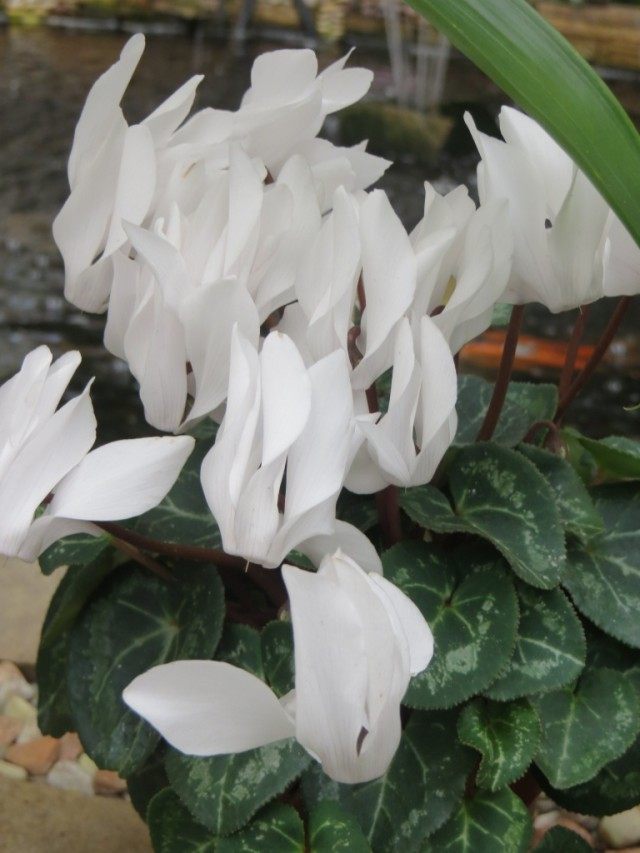
Buying cyclamen
When buying a cyclamen, first of all, you should carefully examine it for the presence of diseases and possible pests. From flowering specimens, it is better to choose the one that has more buds, brighter foliage and a fresh smell. If the tuber protrudes from the substrate by half, then we can say with confidence that this is a Persian cyclamen, if it is completely sprinkled, it is a “European” cyclamen. This allows you to at least approximately determine the flowering time and buy cyclamen at the beginning of vegetative growth, so that it has enough time to get used to new unusual conditions and for flowering.
If all the signs indicate that the purchased plant does not bloom on time, then it is necessary to remove all flowers with stasis so that the bushes do not quickly deplete and rather establish their life cycle.
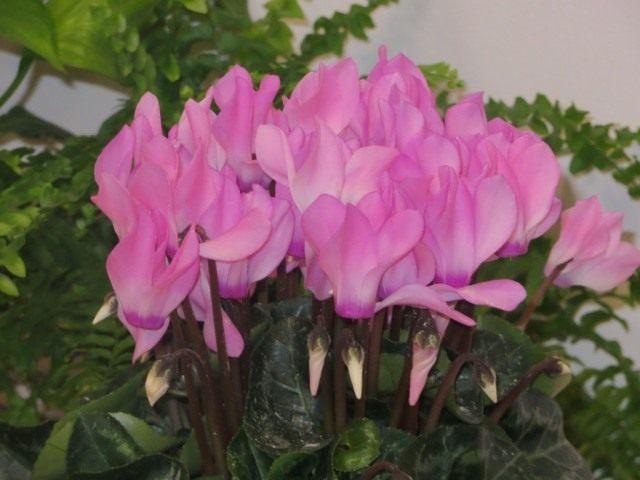
Cyclamen transplant
All types of cyclamens, especially flowering ones, do not respond well to transplantation, therefore, it is advisable to transplant every 3-4 years. The procedure is best done before the start of active growth. The signal for transplanting is the regrowth of new leaves (in species that do not shed foliage), which do not appear during rest. The soil for planting is preferable to light and well-drained with a slightly acidic or neutral reaction.
The ideal substrate is a mixture of earth (sod, humus) and sand, mixed in equal proportions. You can use ready-made mixtures from specialized stores. Small pots are best to reduce the likelihood of stagnant water and souring of the substrate. When planting, the tuber of the Persian cyclamen is buried so that its third part remains above the soil surface, the tuber of the “European” is completely covered with a small (2-3 cm) layer of soil.
Cyclamen keeping conditions
The main thing when caring for a cyclamen is to provide it with diffused lighting and a cool temperature (12-18 ºС) without drafts. It is recommended to water the flower with settled warm water. Watering should be carried out along the edge of the container or through the pallet, but only after the soil has dried. In the heat, the plant must be sprayed, avoiding droplets of water falling on the leaves, flowers and in the middle of the outlet. The flower fully develops in a room with a working air conditioner, and in winter on the east or west windowsill. Only the coolness guarantees full development and abundant flowering for many years.
Waterlogging can provoke the development of fungal diseases, and the high temperature of the content can cause the leaves to turn yellow and fall off. In hot weather at low temperatures, the flower can be affected by aphids or spider mites. During the period of growth and flowering, cyclamen needs additional fertilizing, which should be carried out on wet soil with liquid fertilizer for indoor flowering every 2 weeks.
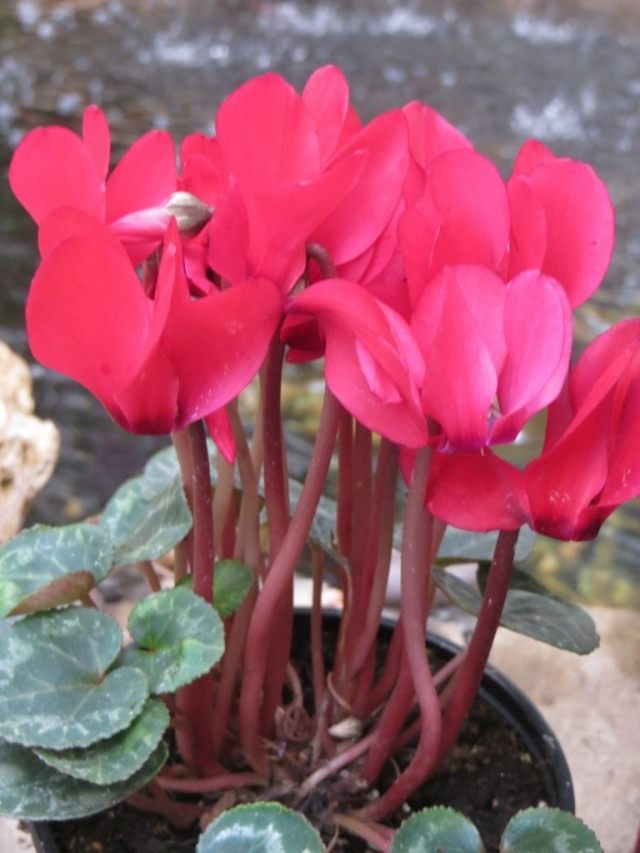
Reproduction of cyclamen
The flower tolerates reproduction very painfully by dividing the bush. To make this procedure more successful, it is necessary to take adult tubers that have several points of growth (Persian cyclamen) or many children (European cyclamen). The separated tubers must be disinfected (sprinkled with charcoal) and dried for several days. Watering infrequently after planting.
Cyclamen can also be grown from seeds. Only the growing process will require from the grower not only skill, but also endurance, since the first loops of Persian cyclamen will have to wait up to two months, and purple cyclamen up to six. Flowering will come only a year after the germination of the seeds.
